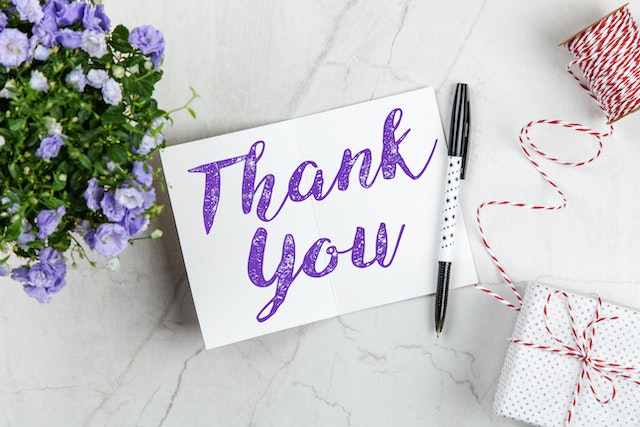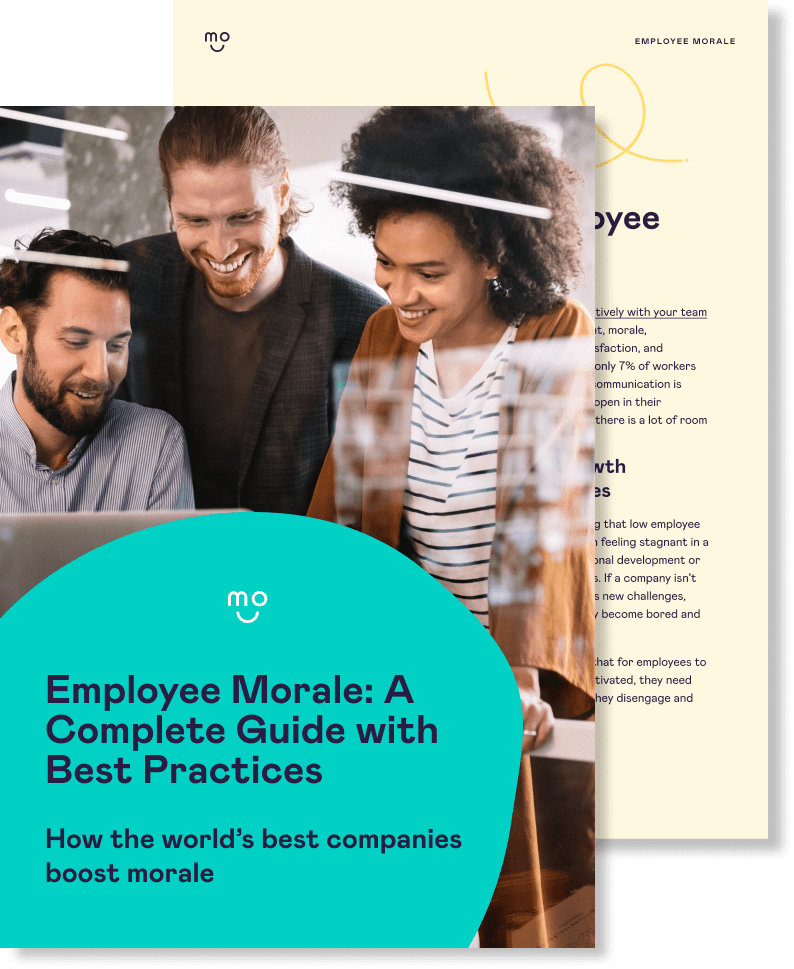What motivates us to work hard is not as complicated as one may think. In fact, at its core, motivation is quite simple.
The conditions of motivation
In general, we are only motivated to take a certain action if one of the following three conditions are met:
· We have the ability to do something
· We believe our actions are going to have a certain impact
· We believe we will receive some sort of reward for our actions
It’s in the third area — reward — that employers have a lot of flexibility in how they decide what behaviours to reward and the best mechanisms for doing so. Reward doesn’t always mean more money in the form of either a raise or a timely bonus; in fact, research shows that money is not necessarily the most motivating reward.
What motivates people to perform can be surprising
Our ideas of what we think employees want and what they actually want don’t always match up. For example, what do you think would be the most motivating reward to employees if certain goals are met? The options are: getting free pizza; receiving a ‘thank you’ message from the boss; or cold hard cash.
As it turns out, we like to hear ‘thank you’ the most!

During the beginning of this week-long experiment as described in Dan Ariely’s book Payoff: The Hidden Logic That Shapes Our Motivations, employees were offered either free pizza, a ‘Well Done!’ text, money, or nothing at all.
At the end of the week, pizza was in the lead as the strongest motivator, showing a 6.7 percent increase in productivity over the control group. A ‘Well Done!’ text saw a 6.6 percent increase. And money claimed a measly third place, with just a 4.9 percent increase in productivity over the control group.
But as the week finished up, money continued to be the least motivating source, performing 13.2 percent worse than the control group.
At the end of study, ‘Well Done!’ was the ultimate winner. Free pizza came in second and the control group was third. Money finished behind them all — yes, even the control group — with no extra motivation or productivity.

How the World’s Best Companies Boost Employee Morale
A complete guide with best practices from companies including Starbucks, Dropbox, Zappos and more.
Praise is a strong motivator of performance. Here’s what you need to know to use it effectively
1: Praising ability versus praising effort
In children, much research has been done around if praising ability or praising effort is better, and it’s generally agreed that praising effort is the better route to go. But there is much less research on the effects of praising ability versus praising effort in adults. Therefore, don’t be afraid to experiment with your praise messages and see which ones have the most desired impact.
2: Understand what message your praise sends
What you choose to praise and reward as an organisation sends strong signals to people about what is valued and expected. Are you always praising those that make quick decisions — even if they don’t do their proper due diligence? Are you withholding praise from those who move less quickly, even if they are more thorough? Consider conducting a quick audit of recent public praise messages to see which praise themes emerge and check that they match up with your company values.
3: Praise should be sincere
It’s easy to get into a habit of unconsciously praising every single job well done — to the point where praise can become meaningless. Setting shared ideas about what behaviours and outcomes should be praised can help to modulate praise in organisation so that when it does occur, everyone knows that the end result being praised is truly exceptional.
4: Praise doesn’t have to be over-complicated
There are many quick, easy and informal ways to praise your employees. First and foremost: simply say ‘thank you!’ more often. You can encourage use of the praise function on your chosen enterprise social network or employee engagement platform. Create a suite of thank you cards that employees can easily customize to send to their colleagues. Gather nominees for a series of categories that reflect your values and have a year-end reward party. Or streamline the whole process by using a reward and recognition tool like Mo!
5: Praise doesn’t have to come from the top
There’s no hard-and-fast rule on who the praise needs to come from. In fact, one of the biggest mistakes we see is companies bringing too much hierarchy into their recognition mechanisms. Instead, encourage an organic praise habit at all levels of the business to deliver on our desire for sincere and authentic praise.
Transform your culture with Mo

- Improve employee engagement scores
- Reduce employee churn
- Build a collaborative culture
Mo is a new kind of reward and recognition platform that makes it easy for busy managers to meaningfully recognise, engage and connect with their teams.
We equip managers with weekly suggestions to energise and connect with their people, help teams build habits of recognition into their day-to-day rhythms and go beyond simple rewards as a way to motivate staff.
Join companies like SHL, OVO Energy and William Hill in delivering meaningful improvement on engagement results with Mo. Book a free demo today!
Lindsay Kohler is an applied Behavioural Scientist who holds an MSc in Behavioural Science from The London School of Economics and is the lead behavioural scientist at employee engagement consultancy scarlettabbott. She is a Forbes contributor, and her writing appears in a wide variety of industry publications, such as Harvard Business Review, Workforce, HRDirector, Corp Comms Magazine and more. She is also co-author of the best-selling book Even Better If: Building Better Businesses, Better Leaders, and Better Selves.




